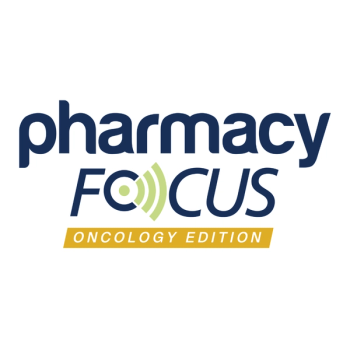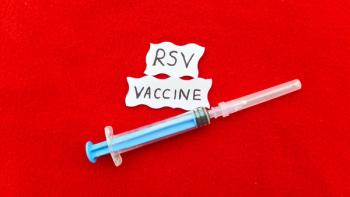
The Vicious Cycle: Heroin Epidemic Drives Hepatitis C Infections Among Young Adults
Opioid epidemic fuels hepatitis C transmission.
The release of lifesaving direct-acting antiviral drugs has dramatically changed the hepatitis C virus (HCV) landscape, with medications such as Harvoni and Sovaldi that boast cure rates of more than 90%.
Despite the availability of these blockbuster drugs that eradicate the virus, transmission is still occurring, primarily in injection drug users (IDU), who tend to use or share dirty needles.
“There is what’s called a second wave of hepatitis C, and it’s in the young,” Ron Nahass, MD, MHCM, FACP, FIDSA, a physician at ID Care, told Specialty Pharmacy Times. “If you look at the rate of new cases of hepatitis C, 70% of them are in patients under 35 [years]. So we know that the heroin is driving the hep C epidemic.”
In an editorial published in the Annals of Internal Medicine, investigators described a combination of factors that work together to prevent the IDU population from receiving the necessary diagnoses and care.
These factors range from discomfort in conventional health care settings, fear of stigmatization, and a lack of knowledge regarding HCV.
Lead author Andrew H. Talal, MD, said that following a decade of a relatively steady decline in this population, there has been a recent sharp increase in HCV.
“We’re seeing infection hotspots,” Talal said. Noting, that this is in part due to the opioid epidemic, particularly where needle exchange programs are unavailable.
Syringe services programs (SSPs) allow IDUs to exchange used syringes for sterile ones to help reduce the transmission of HIV and HCV. These programs first began in Amsterdam in 1983 after a local pharmacy stopped selling sterile needs and syringes to IDUs.
To help address the substance use disorder population, Talal said that HCV screening and linkage to care needs to improve.
Screenings can be a challenging because it usually requires a 2-step process. First confirming that the patient has HCV through an antibody test followed by additional blood work to determine if the virus is active.
Unfortunately, the second step is conducted in a conventional laboratory and patients will rarely go to the labs.
Another challenge is connecting a patient who is recently diagnosed with a provider.
“At best, only 20% of these patients connect with a provider for treatment,” Talal said. “And often, it’s far less than that.”
Currently, Talal and his colleagues are developing ways to better connect these patients to necessary care by integrating HCV screening and treatment into methadone clinics that the patients already visit regularly and using telehealth techniques to reach patients in the corrections system.
Newsletter
Stay informed on drug updates, treatment guidelines, and pharmacy practice trends—subscribe to Pharmacy Times for weekly clinical insights.




















































































































































































































